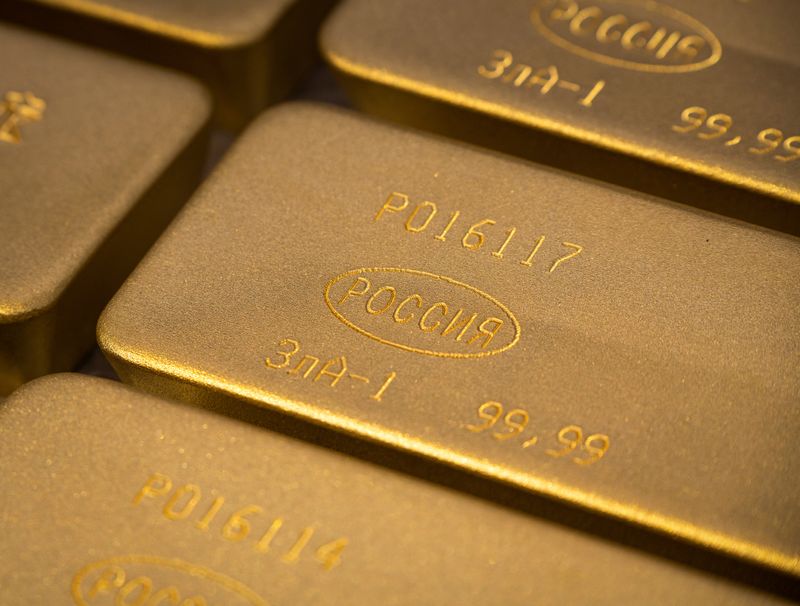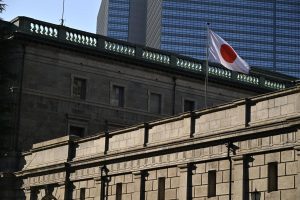
By Polina Devitt
LONDON (Reuters) – Gold prices have marched into uncharted territory as bulls latch on to economic uncertainty created by U.S. import tariff plans, but behind the prize of hitting a record $3,000 per ounce, some flags of a bear case are also being planted.
Bullion has had a storming start to 2025, smashing eight records to rise more than 10% by February 11. That followed its biggest annual gain in 14 years in 2024, on a heady mix of strong central bank purchases, geopolitical uncertainties and monetary policy easing.
Gold’s appeal as a haven from risk strengthened further as newly elected U.S. President Donald Trump turned to tariffs to aid struggling domestic industry, despite the risk of sparking a trade war.
When Trump raised tariffs on steel and aluminium this week, spot gold hit a record $2,942.70 per ounce.
“What we have seen is the change in the motive for safe-haven buying – from being driven by the Middle East uncertainty to the threat and realisation of tariffs,” said Philip Newman, managing director at consultancy Metals Focus.
The scale of last year’s growth, which started before the Federal Reserve started easing interest rates, was unexpected, with investors apparently willing to disregard the opportunity cost of holding zero-yielding gold. The market also often de-coupled from other usual headwinds such as a stronger dollar.
“Strikingly, gold was rallying as inflation eased, and it looked as though all of our understanding of how gold prices behaved was being challenged,” said independent analyst Ross Norman.
Gold bulls have been emboldened by concerns that U.S. tariff plans could affect gold supplies to the United States, where Comex gold futures trade.
As a result, the premium at which most-active U.S. gold futures trade over the London spot price – historically just a few dollars – saw wild volatility and widened to $40 per ounce just before Trump’s inauguration on January 20 and more than $60 during the inauguration week.
Market players sought to benefit from a lucrative arbitrage opportunity or to cover their existing Comex positions, with the premium attracting massive deliveries to Comex gold inventories. These have jumped by 18.6 million troy ounces, worth $54 billion, since late November.
As bullion market players in London – home to the world’s largest over-the-counter gold trading hub – rushed to borrow gold from central banks storing bullion in Bank of England vaults, the waiting time to load gold out of the BoE swelled.
Switzerland and Asia-focused hubs saw a jump in supplies to the U.S., and gold lease rates surged both in London and India.



